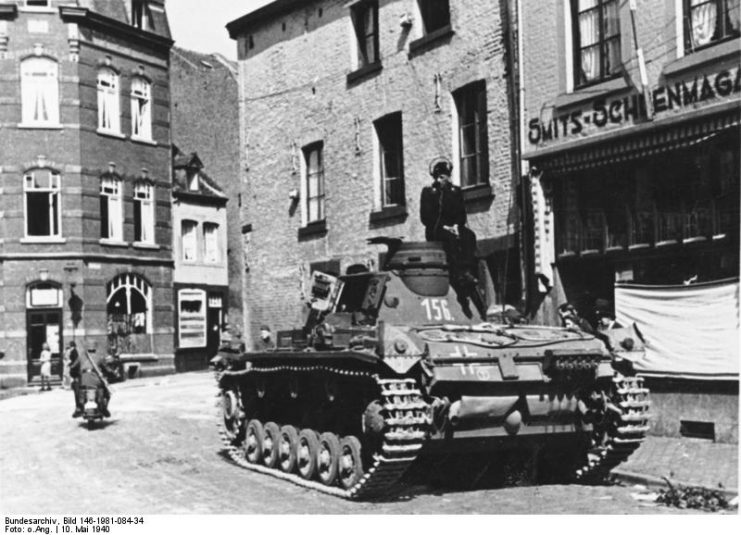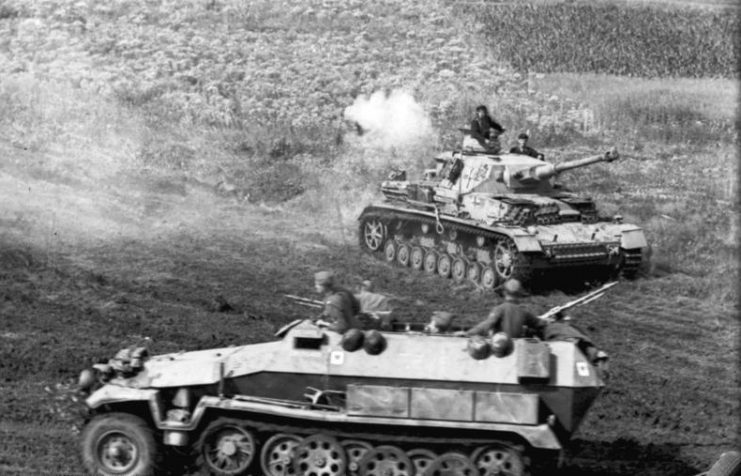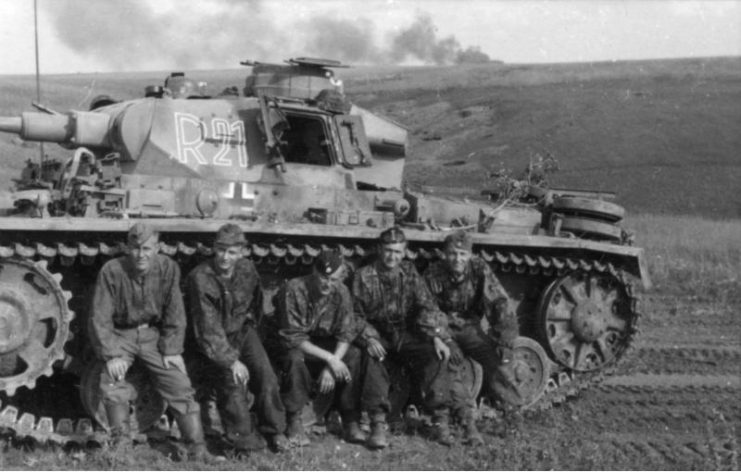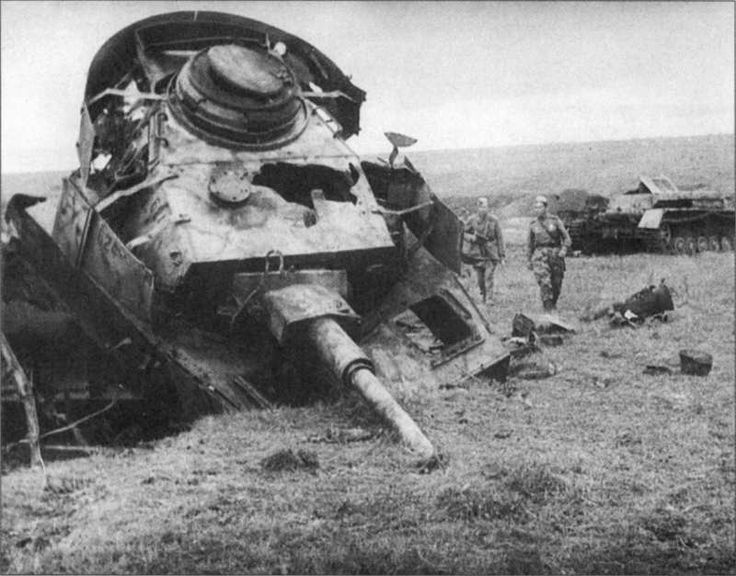War History online proudly presents this Guest Piece from Evan Pinter
Continues from: Part 2 – 13th (heavy) Company, SS-Panzer-Regiment 1 and Part 1 – 2nd Company, 502nd Heavy Tank Battalion
This last article will cover one more elite panzer company of the German army in WWII. Only this time it’s probably one you’ve never heard of, specifically 4th Company/Panzer-Regiment 35 of the 4th Panzer Division. For all the attention that the Tiger tanks of the German army have attracted, both then and now, it was the humble panzer divisions who formed the backbone of the German armoured force in the war from beginning to end. Unlike the previous two companies, this company was able to achieve what it did without any special equipment or preference. As stated before, this article is meant to be read as history and not propaganda.
Overview
4th Company fought as part of Panzer-Regiment 35 from the beginning until the end of the Second World War, and for most of that period as part of the 4th Panzer Division. It fought on many fronts, but the bulk of its combat time was spent in the battles on the central sector of the Eastern front. Fighting back from Moscow all the way to East Prussia, the 4th Panzer division emerged as the most decorated division of the Heer. 4th Company was able to achieve the impressive feat of producing five Knight’s Cross Holders in the space of just under 2 years despite it’s relatively unremarkable status. It thus was the most distinguished non-Tiger panzer company in the German army.
Commanders
Josef Beginen
Josef Beginen was one of the long-standing members of the company, joining it in September 1939. His most notable achievement came on the 8th of January 1944, when the Soviets broke through with 7 Rifle divisions and a tank corps and threatened the retreat route of the division. Beginen was ordered to hold open this route with his platoon, and began engaging the advancing Soviet armour. After destroying 6 tanks his turret jammed, but by rotating the whole vehicle Beginen’s tank was able to continue the fight until relieved. On the way to the repair shop he, along with two other damaged panzers, were attacked by Soviet armour in the evening. Once again though he was able to hold the position, fighting the entire night and destroying three more Soviet tanks. Through his actions the division was able to retreat successfully, and since his total of destroyed tanks had by then reached 25, he was awarded the Knight’s Cross. Unfortunately he lost his life during the sinking of the Wilhelm Gustloff in 1945.

Karl Gerlach
One of the latecomers to the unit, Gerlach joined 4th Company in September 1944 and eventually rose to command the company. On 15 March 1945 Gerlach was ordered to take five tanks to support the 389th Infantry Division in an area christened the “New World”. After having two tanks break down and another reassigned, Gerlach and fellow tank commander Master Sergeant Palm finally arrived in the area only to learn they were required to destroy a Soviet tank force 24+ strong that included Josef Stalin heavy tanks. Despite giving the mission a 5% chance of success he followed his orders and engaged the enemy with his two Panthers, and over the next three days of battle Gerlach and Palm were able to knock out 21 tanks including 8 Josef Stalins. For these actions Gerlach was recommended for the Knight’s Cross, although he never officially received it in the chaos of the last days of the war. He did however earn the Panzer Assault Badge in Gold for 75 armoured engagements.

Bernhard Himmelskamp
Himmelskamp was one of the outstanding gunners of the company. Serving in the company commander’s vehicle, he was well-known for his modesty and sense of honour, sometimes not speaking for days after he’d missed a target with the main gun of his tank. He met his end on 29 August 1943, after suffering wounds outside of his vehicle. He was posthumously awarded the Knight’s Cross for having knocked out 40 tanks by the time of his death.
Reinhard Peters
Peters was the commander of 4th Company throughout the first part of 1944. He received the Knight’s Cross for actions in early January 1944, where his company fought successfully in the defensive battles around Kalinkowitschi and played a vital role in defending Hill 147. The most important engagement took place on the morning of 6 January, when Peters had to defend the hill with four tanks against a large Soviet armoured attack. Peter’s men were able to catch the Soviets off-guard during their approach and destroyed 14 tanks without loss (in fact, only one Soviet tank even returned fire), forcing the rest to retreat. Peters also led 4th company successfully in the fighting later that year around Warsaw, where in one action the company overran a Soviet gun position in a swift advance and destroyed or captured 48 tubes of assorted artillery.

Walter Wolf
One of the 4th Company’s platoon leaders, Wolf fought in the battles around Doblen on 14-18 September 1944 with distinction, during which he was able to capture the key position of Hill 92 against stubborn opposition. However on the last day of the fighting he was killed by a Soviet sniper, and was posthumously awarded the Knight’s Cross for his impressive service. By that time he was credited with the destruction of over 50 tanks.
References
There are several accounts of the 4th Panzer Division in German, but all are hard to come by and not much use if you can’t read German. Fortunately there is an impressive summary of 4th Company’s parent regiment in English, namely Knight’s Cross Panzers: The German 35th Tank Regiment in World War II by Hans Schäufler. The book has a lot of quality information on some of the men discussed in this article as well as other famous progeny of the regiment such as Hermann Bix and Hans-Detloff von Cossel.
Author: Evan Pinter
